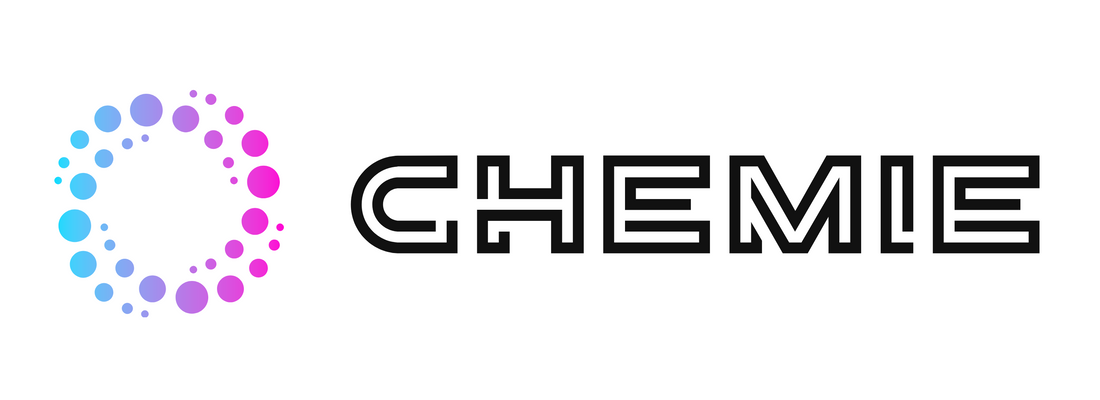Some Known Incorrect Statements About Chemie
Little Known Questions About Chemie.
Table of ContentsHow Chemie can Save You Time, Stress, and Money.Top Guidelines Of ChemieWhat Does Chemie Mean?Top Guidelines Of ChemieHow Chemie can Save You Time, Stress, and Money.The smart Trick of Chemie That Nobody is Talking About
By Bojanna Shantheyanda, Sreya Dutta, Kevin Coscia and David SchiemerDynalene, Inc. Fluid cooling, which can be accomplished using indirect or direct means, is utilized in electronics applications having thermal power thickness that might go beyond safe dissipation through air cooling. Indirect liquid air conditioning is where heat dissipating digital components are physically separated from the liquid coolant, whereas in case of straight cooling, the components remain in direct contact with the coolant.In indirect cooling applications the electric conductivity can be crucial if there are leaks and/or splilling of the liquids onto the electronics. In the indirect air conditioning applications where water based fluids with rust inhibitors are typically used, the electrical conductivity of the liquid coolant mainly depends on the ion concentration in the fluid stream.
The boost in the ion focus in a closed loop fluid stream may happen due to ion leaching from metals and nonmetal parts that the coolant fluid is in call with. During procedure, the electrical conductivity of the liquid may raise to a level which can be harmful for the air conditioning system.
The Chemie Diaries
(https://triberr.com/chemie999)They are bead like polymers that are qualified of exchanging ions with ions in a service that it touches with. In today job, ion leaching tests were executed with various metals and polymers in both ultrapure deionized (DI) water, i.e. water which is treated to the greatest levels of purity, and low electrical conductive ethylene glycol/water mixture, with the determined change in conductivity reported over time.
The samples were allowed to equilibrate at room temperature for 2 days before recording the first electrical conductivity. In all examinations reported in this research study liquid electric conductivity was measured to an accuracy of 1% making use of an Oakton disadvantage 510/CON 6 series meter which was adjusted before each dimension.
Everything about Chemie
from the wall surface heating coils to the center of the heating system. The PTFE sample containers were positioned in the furnace when consistent state temperatures were reached. The examination arrangement was eliminated from the furnace every 168 hours (seven days), cooled to space temperature level with the electrical conductivity of the fluid gauged.
The electric conductivity of the liquid sample was kept track of for a total of 5000 hours (208 days). Schematic of the indirect shut loophole cooling down experiment set up. Parts utilized in the indirect closed loop cooling experiment that are in call with the liquid coolant.

Fascination About Chemie
Throughout procedure the fluid tank temperature level was kept at 34C. The change in fluid electrical conductivity was monitored for 136 hours. The fluid from the system was accumulated and saved. Shut loop examination with ion exchange resin was lugged out with the same cleaning procedures employed. The initial electrical conductivity of the 230ml UP-H2O in the system measured 1.84 S/cm.

0.1 g of Dowex material was included in 100g of liquid samples that was absorbed a different container. The mix was mixed and change in the electric conductivity at room temperature level was measured every hour. The gauged change in the electric conductivity of the UP-H2O and EG-LC examination liquids containing polymer or steel when engaged for 5,000 hours at 80C is shown Number 3.
The Greatest Guide To Chemie
Number 3. Ion seeping experiment: Measured adjustment in electric conductivity of water and EG-LC coolants consisting of either polymer or metal examples when immersed for 5,000 hours at 80C. The results indicate that steels added fewer ions right into the liquids than plastics in both UP-H2O and EG-LC based coolants. This might be due to a slim metal oxide layer which might work as an obstacle to ion leaching and cationic diffusion.
Fluids containing polypropylene and HDPE displayed the most affordable electrical conductivity adjustments. This could be due to the brief, inflexible, straight chains which are much less most likely to contribute ions than longer branched chains with weaker intermolecular pressures. Silicone additionally did well in both examination fluids, as polysiloxanes are typically chemically inert because of the high bond energy of the silicon-oxygen bond which would avoid degradation of the product right into the fluid.
Getting The Chemie To Work
It would be anticipated that PVC would certainly produce similar outcomes to those of PTFE and HDPE based upon the similar chemical structures of the products, nevertheless there may be various other Go Here pollutants existing in the PVC, such as plasticizers, that may impact the electric conductivity of the fluid - heat transfer fluid. Furthermore, chloride teams in PVC can also seep right into the examination liquid and can cause a boost in electric conductivity
Buna-N rubber and polyurethane showed indicators of deterioration and thermal decomposition which suggests that their possible energy as a gasket or glue product at higher temperatures might lead to application problems. Polyurethane completely broke down into the examination fluid by the end of 5000 hour examination. Number 4. Prior to and after pictures of metal and polymer samples submersed for 5,000 hours at 80C in the ion seeping experiment.
Measured adjustment in the electric conductivity of UP-H2O coolant as a feature of time with and without material cartridge in the shut indirect air conditioning loophole experiment. The gauged adjustment in electric conductivity of the UP-H2O for 136 hours with and without ion exchange resin in the loop is displayed in Figure 5.